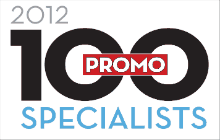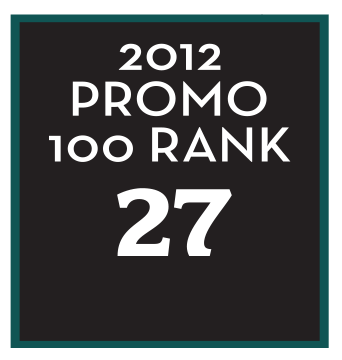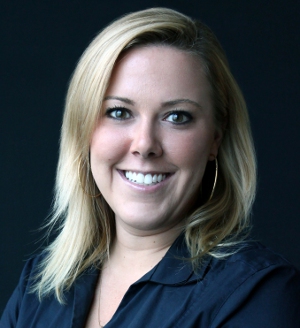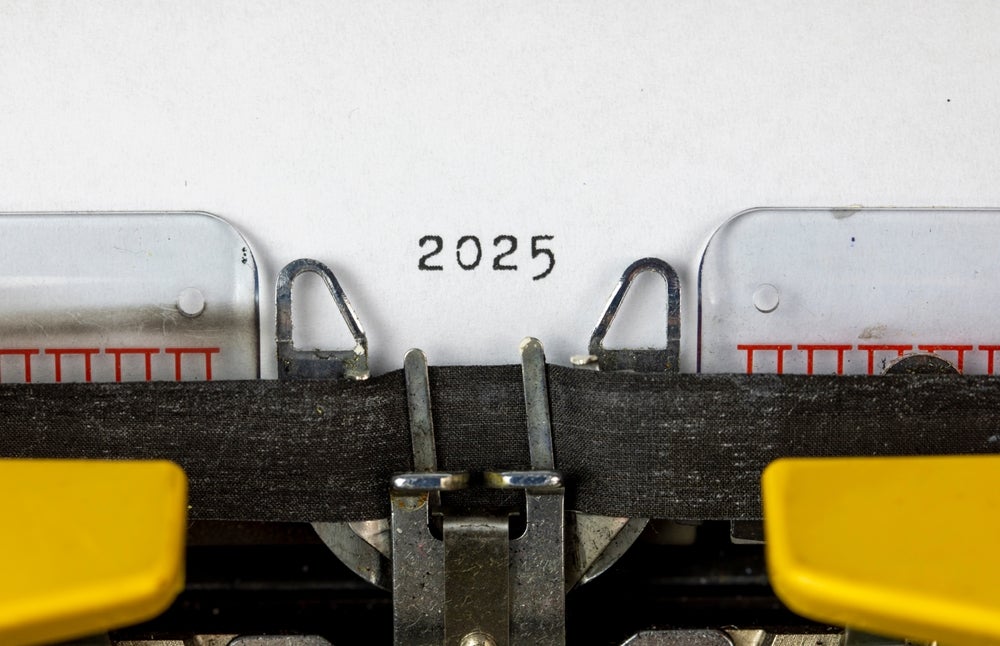 Promotional marketers learn fast that surprises can occur at any time, not all of them pleasant. Retail rebate specialist agency Parago experienced that last year, when 2011 revenue of $63 million showed a 16% decline from 2009’s $75.4 million. The cause for the falloff: the wireless industry’s move that year to an instant-discount model for their high-end smartphones, including the iPhone.
Promotional marketers learn fast that surprises can occur at any time, not all of them pleasant. Retail rebate specialist agency Parago experienced that last year, when 2011 revenue of $63 million showed a 16% decline from 2009’s $75.4 million. The cause for the falloff: the wireless industry’s move that year to an instant-discount model for their high-end smartphones, including the iPhone.
“It was disappointing to lose the volume,” says Parago Chief Executive Officer Juli Spottiswood (right).  “The wireless industry has offered instant discounts before but has never adopted them as a long-term strategy.”
“The wireless industry has offered instant discounts before but has never adopted them as a long-term strategy.”
How does Parago prepare for such a sudden shift in marketing strategy?
“Our business has a diverse mix of retail, manufacturers and service clients so we are well-insulated from these natural cycles,” she says.
A broader trend that can’t be ignored is the rise of the newly frugal shopper and the erosion of brand loyalty caused by shoppers who spend more time than ever before researching and locating deals.
“Price is driving foot traffic and always has, but retailers want to find a way to harness that frugality,” Theresa Wabler, director of marketing at Parago (below right), says. “There’s the competitive reality that [retailers] have to be more price aggressive. But how do you start that one-to-one relationship?”
Developments like that put a higher premium on creativity in turning an acquisition strategy into a long-term engagement program. Parago says the future will be in linking rebates to retailers' loyalty programs, which have been shown to increase membership by 15% to 20%.
“I don’t think anybody can afford to separate the two anymore,” Spottiswood says of rebate campaigns and loyalty. “If a customer can come in a buy a sweeper at 50% off [with an instant discount], yes, you moved your unit, but you don’t know who that customer is. You’ve gained no customer information or reciprocity above and beyond that sale.”
Marketing rebates and other promotions still requires heavy dependence on FSIs and circulars to get feet into stores.
“It’s important to achieve pricing parity or best price in circulars or digital advertising so you get people to the store, and once they are in store making sure that on-shelf and in-store materials reinforce that best price,” Wabler says.



